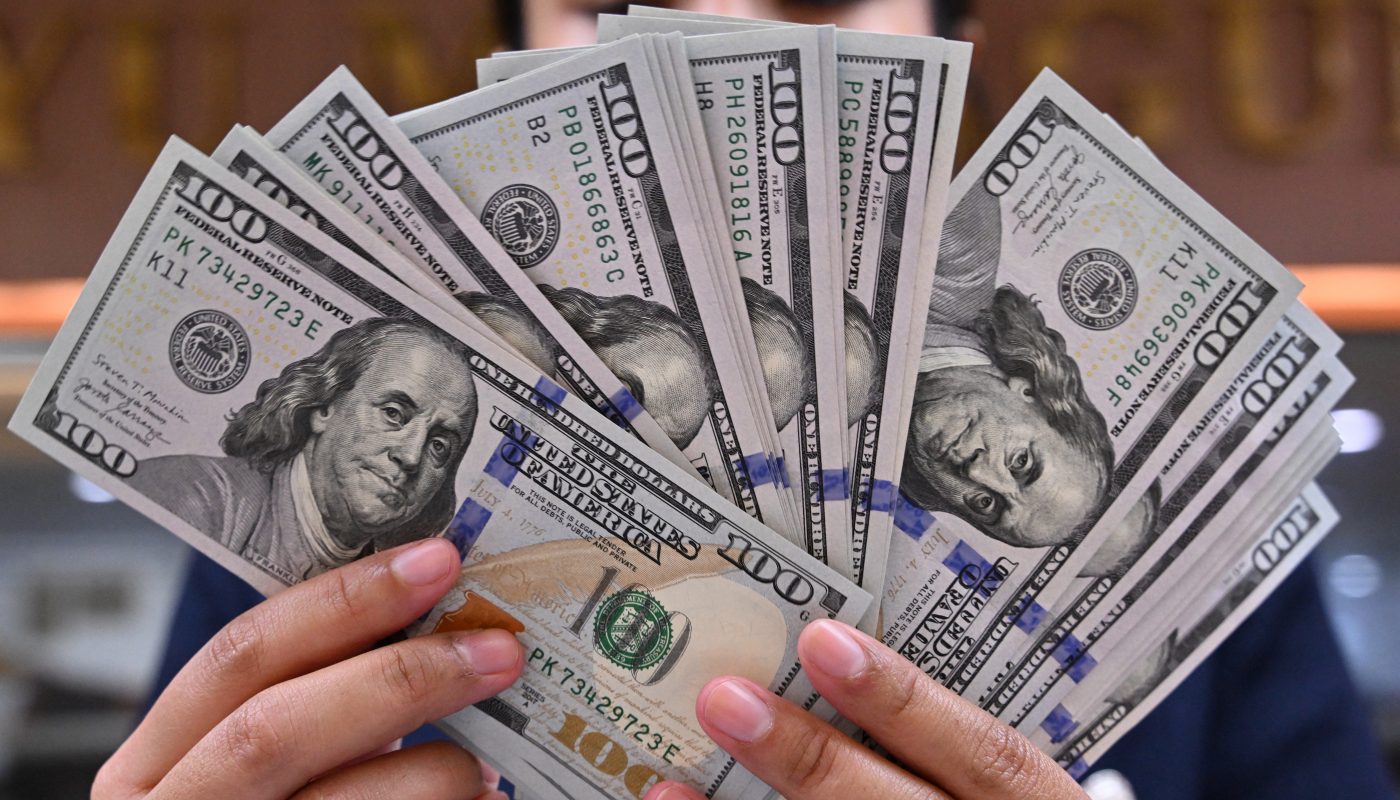The exchange rate between the US dollar (USD) and the euro (EUR) is one of the most important currency relationships in the global economy. It affects international trade, travel, investments, and even political decisions. Understanding how this exchange rate works, what influences it, and what its advantages and disadvantages are can help individuals and businesses make better financial decisions.
What Is the USD/EUR Exchange Rate?
The USD/EUR exchange rate tells us how many US dollars are needed to buy one euro, or vice versa. For example, if the exchange rate is 1 EUR = 1.10 USD, it means that one euro is worth one dollar and ten cents. This rate changes constantly due to supply and demand in the global foreign exchange market.
Factors That Affect the Exchange Rate
Several factors influence the value of the dollar and the euro. One of the most important is interest rates. When the US Federal Reserve or the European Central Bank raises interest rates, their currency tends to become stronger because it attracts more investors.
Inflation is another key factor. A country with lower inflation typically has a stronger currency over time. Political stability, economic growth, public debt, and trade balances also play major roles. For example, if the US has a strong economy and high employment, the dollar may strengthen against the euro.
Speculation and market sentiment can also move the exchange rate quickly, especially when investors react to news or geopolitical events.
Advantages of a Strong Dollar Against the Euro
When the US dollar is strong compared to the euro, Americans benefit when traveling to Europe, as their money goes further. Imported goods from Europe also become cheaper, which can reduce inflation in the US.
US companies that buy equipment or raw materials from Europe can save money, improving their profit margins. Investors in the US may also find good opportunities in European assets that have become cheaper in dollar terms.
Disadvantages of a Strong Dollar
On the other hand, a strong dollar can hurt US exporters. When the dollar is strong, American goods become more expensive for European buyers, which can lead to lower sales abroad.
Tourism in the US may also decrease because European travelers find it more expensive to visit. In addition, companies that earn a large part of their income in euros may see lower profits when converting that money back into dollars.
Why Exchange Rates Matter for the Eurozone
For countries in the eurozone, a weaker euro compared to the dollar can help increase exports, since European products become more affordable for Americans. However, it also makes imports from the US more expensive, which can increase inflation.
A weak euro can benefit European tourism, as more people from the US choose to visit due to favorable exchange rates. However, it may also hurt European consumers, especially when buying electronics, fuel, or goods priced in dollars.
Conclusion
The exchange rate between the US dollar and the euro plays a vital role in the global economy. It influences everything from vacation costs to international trade and investment decisions. While both strong and weak currencies have benefits and drawbacks, understanding how the exchange rate works can help individuals and businesses make smarter choices in a globalized world.



